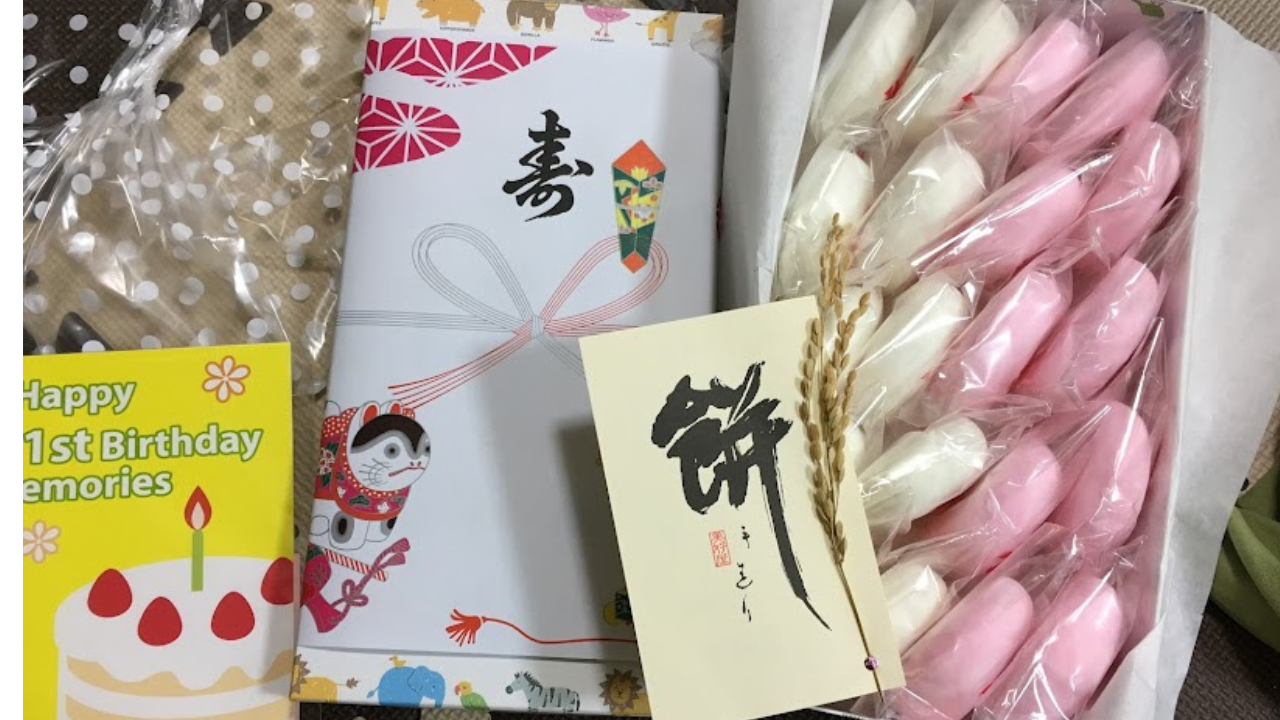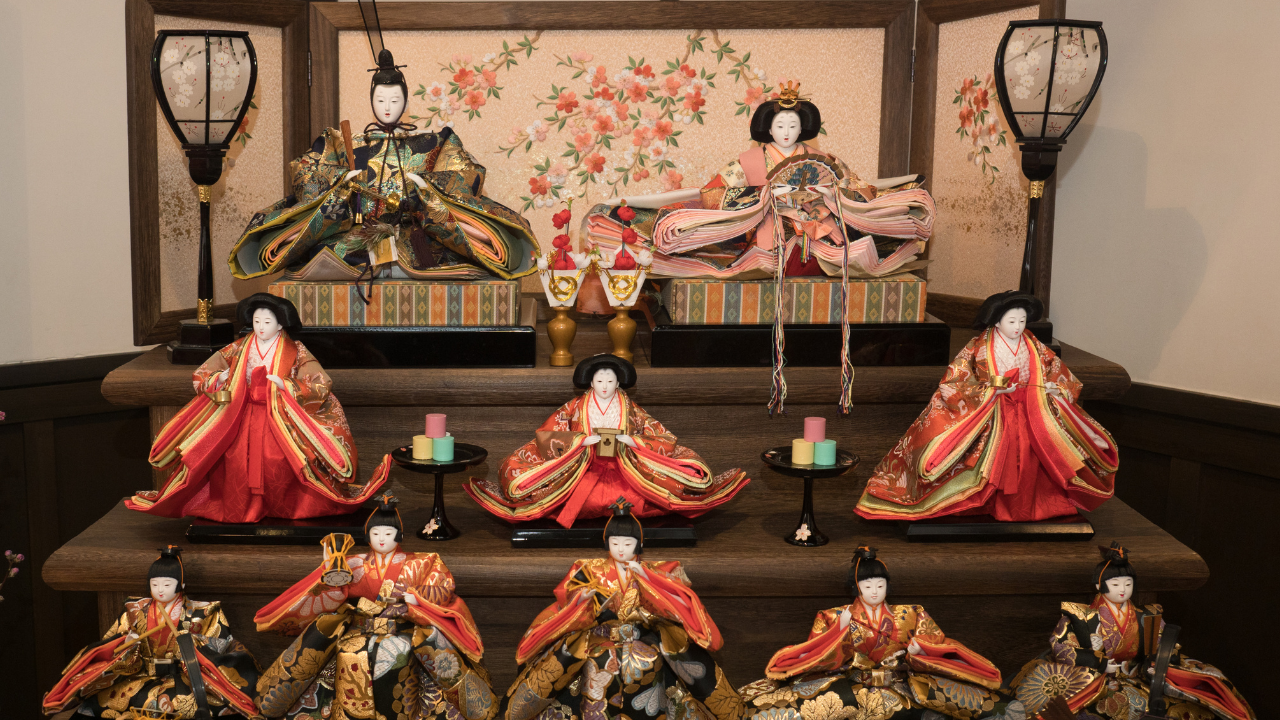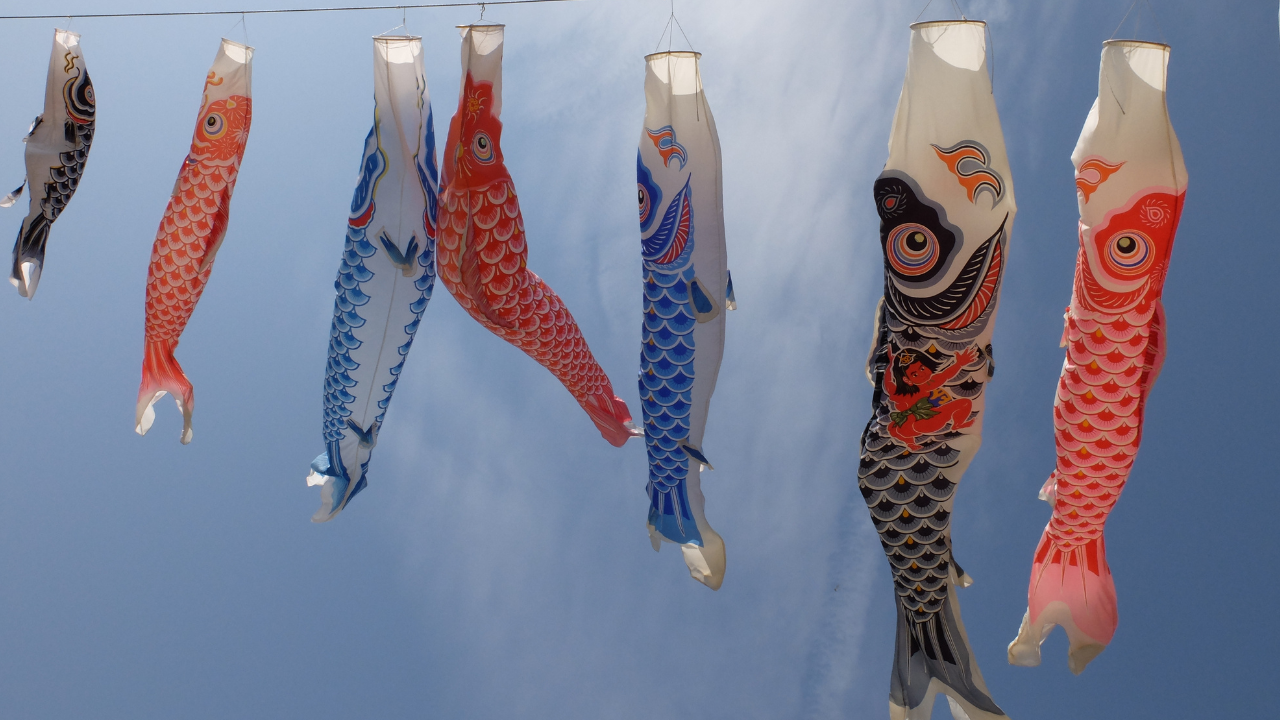
Introduction
The birth of a baby is a big event in any country! Isn't it? In Japan, there are many unique events that have been handed down since ancient times. Events are held at each milestone from the birth of a baby to celebrate his healthy growth and to strengthen the bonds of the baby's family and community. In this article, I would like to introduce you to some of these traditional events!
In Japan there are many events happening between the birth of a baby and his one year anniversary!
From the time a baby is born to the time the baby turns one, there are many events that keep families very busy. Starting from the seventh day of the baby's life, to the first visit to the shrine, Okuizome (first meal), and the first birthday, many families still hold events in accordance with the old traditions.
We have three children in our family, and we have been celebrating these events as much as we can. Since the birth of our first child, we have also started visiting shrines regularly.
Japanese events have unique words and phrases, and I think there are many interesting aspects to them, so please try to learn about Japanese culture as you study Japanese.
・お七夜(Oshichiya) - The seventh day after a baby's birth / name-giving ceremony
"Oshichiya" is a name-giving ceremony (命名式"meimei-shiki") held on the seventh day after the birth of a baby. This event is a folk custom that has continued since ancient times, and it was held to rejoice and celebrate the fact that the baby had safely reached the seventh day of life.
It is common to write a naming certificate and display it at home, or to take the baby's footprints and handprints. In many cases, the baby's mother is already back home, so the family is holding dinner together with the grandparents.
・お宮参り(Omiyamairi) - Newborn child's first visit to a shrine
"Omiyamairi" is a traditional Japanese ceremony to announce the safe birth of a baby to the gods and pray for its healthy growth. It originated from the "Ubusuna mairi" (産土詣 - visit to the birthplace) that started after the birth of a baby, and it has been called "Omiyamairi" since the Muromachi period, about 700 years ago. Generally, it is held on the 31st or 32nd day after birth for boys and on the 32nd or 33rd day after birth for girls, but in modern times, it is often held around one month after birth. It is common to visit a shrine and receive prayers, and the baby is dressed in a "ceremonial kimono" or "baby dress". Baby's family usually participate in an elegant and formal style to complement the baby. After the visit to the shrine, dinner and photo shoots are also planned, as this might often be the baby's first time outside.
・お食い初め(100日祝い)(Okuizome (100-nichi iwai)) - Weaning ceremony

"Okuizome" is a traditional Japanese celebration of the first 100 days of life, in which the baby is fed fish with chopsticks for the first time, hoping that he/she will have no trouble eating for the rest of his/her life.
It has been practiced since the Heian period, more than 1,000 years ago. In the past, a ritual of feeding rice cakes (お餅 "omochi") was held to celebrate the 50th day of life, later changed to fish and meat for the 100th day, and through history developed into the current celebratory meal around 100 days.
Even today, many families still prepare a traditional festive meal for the baby (but do not actually feed them) and celebrate together. A "hagatame-ishi" (a stone used in hopes that the baby will have strong and healthy teeth) is also laid out at the same time to pray for the baby's growth.
This is one of the unique events in Japan that is filled with the importance of eating and wishes for good health.
・初節句 (Hatsu Zekku) -桃の節句 (Momo-no Sekku)・端午の節句 (Tango-no Sekku)
"Hatsu Zekku" is the first festival celebrated after the baby's birth. For girls, it is celebrated on March 3rd, "Momo-no Sekku (Hinamatsuri)," and for boys, it is celebrated on May 5th, "Tango-no Sekku (Kodomo-no Hi)." In some regions, people will also visit shrines.
*桃の節句 -ひな祭り (Hinamatsuri; Doll's Festival)

For Momo-no Sekku (Hinamatsuri), Hina dolls are displayed and grand celebrations are held with the baby's grandparents, family friends, and relatives invited. Hina dolls are a set of dolls and props that represent a wedding ceremony in the Heian-period (from 794-1185), and the noble dolls and gorgeous props express wishes for the girl's happy and prosperous life. "Chirashi-zushi (vinegared rice topped with various ingredients)," clam soup made from cherrystone clams, Hishi-mochi (three-layered rice cake), "Shiro zake (sweet white sake)," and "Hina-arare (sweet rice crackers)" are served as celebratory dishes during this occasion.
*端午の節句 -こどもの日 (Kodomo-no Hi; Children's Day)

In modern times, May 5th is generally known as "Kodomo-no Hi (Children's Day)," but it was originally celebrated as "Tango-no-Sekku," one of the five seasonal festivals to celebrate the growth of boys.
On Children's Day, "Kabuto-kazari (decorative samurai helmets)" and "Koi-nobori (carp banners)" are displayed. The custom of displaying armor and helmets originated from the society of samurai warriors, and they symbolize physical protection, with the hope of protecting children from traffic accidents and illnesses. The Koi-nobori is a decoration named after the legend of a carp turning into a dragon, and is a symbol of the parent's wish that their child will grow up to become a respectable person no matter how difficult the environment may be. On Children's Day, people often eat two types of rice cakes; "Chimaki (savoury rice dumpling wrapped in bamboo leaves)" and "Kashiwa-mochi (sweet rice cakes wrapped in oak leaves)."
Hinamatsuri (Doll's' Festival) and Kodomo-no Hi (Children's Day) are celebrated every year, but the "Hatsu Zekku (first celebration)" is regarded as one of the most important events to wish for the baby's growth and happiness.
・First Birthday
It's finally the baby's first birthday! The first birthday party is usually celebrated with family and relatives. Traditional events to celebrate the first birthday include "一升餅 (Isshō-mochi; a celebration where the baby carries a chunk of 1.8kg rice cake on their back)," "選び取り (Erabi-tori; a celebration where the baby chooses a card from a group which is thought to tell the fortune for the child's future)," and "誕生筆 (Tanjō-fude; a brush made out of the newborn's hair)."
The "Isshō-mochi" ceremony is held to wish for the baby's long and healthy life, and the baby is made to carry a rice cake on their back. Some babies cannot carry the rice cake on their backs because it weighs approximately 1.8kg, while others might start crying, and some may be able to carry them on their back; all of these are considered to be good luck, whether the baby succeeds in carrying it or not.
In the "Erabi-tori" celebration, the baby's future and talents are divined by using a variety of cards that depict tools and drawings. A "Tanjō-fude" is made from the baby's hair when it was still a newborn, and is engraved with the baby's name and date of birth.
Many families still hold the Isshō-mochi celebration for their baby's birthday party, and sometimes small, easy-to-handle rice cakes or bread weighing the equivalent of 1.8kg (or "Isshō" which was a traditional form of Japanese measurement) are used instead.
Why do Japanese people go to shrines for events?
"神社 (Jinja; Shintō Shrines)" are places of worship for the ancient Japanese religion of Shintō. Worshipping nature, ancestors, and the gods is central to Shintō beliefs, and shrines are considered to be places where the gods reside. There are many shrines, large and small, throughout Japan, and each shrine is the center of the local community, with festivals and events held regularly.
In Japan, each community has its own "氏神様 (Ujigami-sama)." An "氏神 (Ujigami)" refers to the Shintō gods and shrines in the area where the person lives, and they protect the people of that area, while the people living in that area are referred to as "氏子 (Ujiko)." Similarly, "お宮参り (Omiya-mairi)," which is a celebration held on the first month after the baby's birth, has its roots in the belief that the newly born baby's visit to the shrine as a greeting to the clan's guardian gods would help the child be recognized by the community and make them a member of the Ujiko.
Since ancient times, Japanese people have formed communities rooted in the land, and there is a deep connection between traditional Japanese celebrations and shrines. While very few Japanese people are aware that these celebrations and customs have originated from religious practices, shrines are still important places for local communities in modern day Japanese society.
Summary
To this day, events in accordance with traditional customs are held at certain milestones in life, such as marriage, childbirth, and the growth of children. Although these customs have changed gradually over time, they are still celebrated in modern times, and provide valuable opportunities to experience the rich history and culture of Japan. It is also an important aspect of Japanese society, so if you are interested, don't forget to further look into these events!
